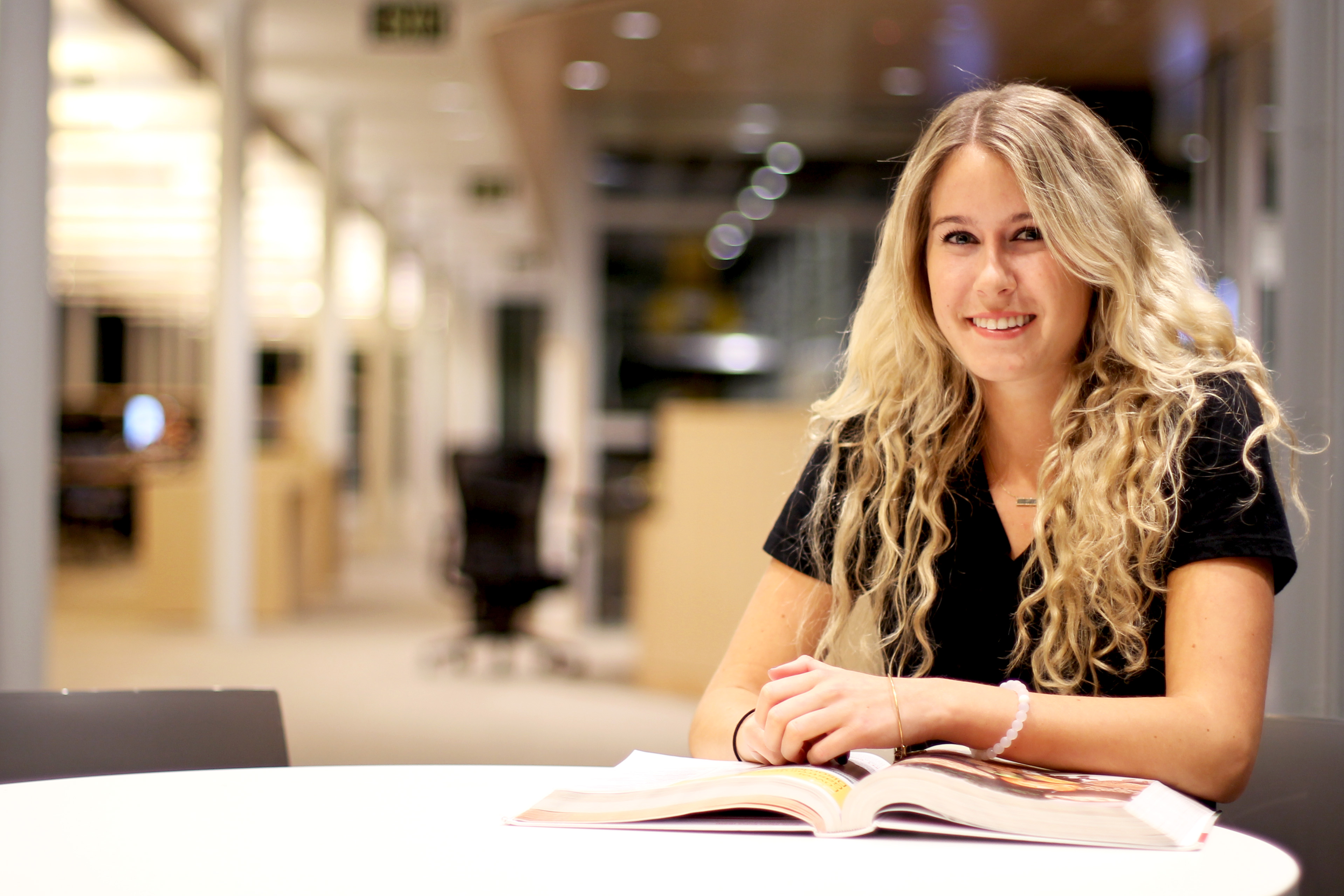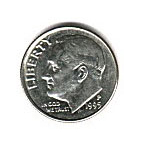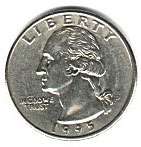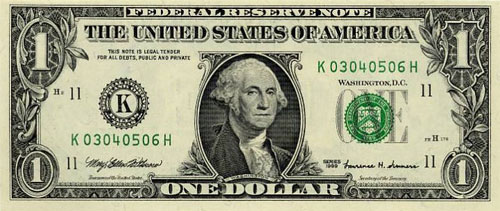You should arrive with $2500 to $3500 in traveler's checks to cover initial costs. You should also carry a small amount ($200- $500) of US currency ($1 and $5 bills) and coins. These funds will be used for your arrival expenses such as taxis, meals, supplies, and other personal needs. NOTE: Books can be very expensive. You should definitely budget at least $500 to pay for them. Check your courses online to see what books will be needed. In this way, you can price them before coming, and possibly even purchase them online. For your protection, it is best to carry any large sums of money in the form of traveler's checks (NOT in CASH).
If you bring a bank draft or a foreign check to open an account, you cannot draw on it for 2 to 3 weeks, so do not rely upon these funds for immediate cash. After you have established an account, you may have money wired directly from your home bank to your Scranton or Dunmore bank. Since wiring fees can be expensive (check with your bank in advance!), consider wiring only large sums.
If you have major credit cards bring them. Since you have no credit history in the US, initially it will be difficult or even impossible to obtain a credit card even if you have a credit card in your home country.
Money Management
Checking Account
You may open a checking account by depositing money into the account, which you access with checks. Checks are paper documents issued by your bank that have your name, address, phone number (if desired) printed on them and function as money when you write one for a purchase. Most stores require you to present some form of ID when you write a check that includes your address and picture.
Savings Account
A savings account is less active than a checking account. If you want to save money and gain interest on it, opening a savings account is your best option. The more money you deposit, the more interest you earn on it. This is ideal for money that you do not touch unless you really need it.
ATM (Automatic Teller Machine)
When you open a checking or a savings account with a bank, you can also get an ATM card and a credit card combined. They can be used like credit cards for most purchases, but unlike a credit card, for which you receive a bill with interest, the debit purchase comes directly out of your bank account. This is a nice option especially if you are concerned about getting into credit trouble or would rather not pay interest to the credit card company for your purchases.
Money and Banking
American paper currency (dollars) comes in denominations of $1, $5, $10, $20, $50 and $100. American dollars are all the same size and color. Coins or "change" make up the smaller units of money called cents. They come in the amounts of 1 cent (a penny), 5 cents (a nickel), 10 cents (a dime), 25 cents (a quarter), and 50 cents (a half‐dollar - these are rarely used.). Here is what the most commonly used American money looks like:








